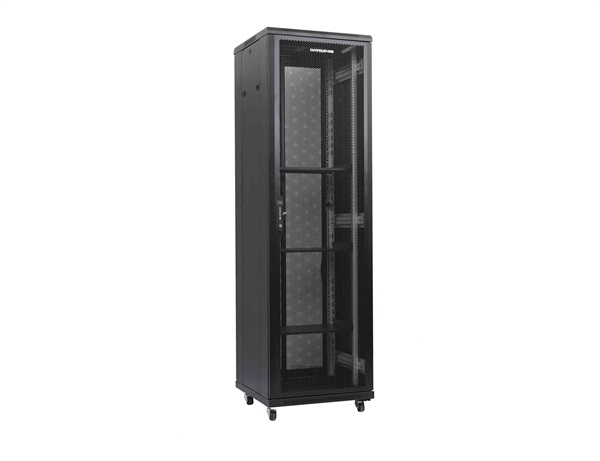News
Site Editor
 Site
https://leonetworkgroup.usa18.wondercdn.com/uploads/image/5fe152faa587d.png
Patch Cable vs Ethernet Cable: Understanding the DifferencesIn networking, there are two main types of cables that are used to establish wired connections between devices: patch cable and Ethernet cable. While they may look similar at first glance, these cables have distinct differences that set them apart from each other. Here's an overview of what patch cable and Ethernet cable are, and how they
Site
https://leonetworkgroup.usa18.wondercdn.com/uploads/image/5fe152faa587d.png
Patch Cable vs Ethernet Cable: Understanding the DifferencesIn networking, there are two main types of cables that are used to establish wired connections between devices: patch cable and Ethernet cable. While they may look similar at first glance, these cables have distinct differences that set them apart from each other. Here's an overview of what patch cable and Ethernet cable are, and how they
What Is The Difference Between Patch Cable And Ethernet Cable
Views: 700
Author: Site Editor
Publish Time: 2023-07-13
Origin: Site
Patch Cable vs Ethernet Cable: Understanding the Differences
In networking, there are two main types of cables that are used to establish wired connections between devices: patch cable and Ethernet cable. While they may look similar at first glance, these cables have distinct differences that set them apart from each other. Here's an overview of what patch cable and Ethernet cable are, and how they differ.
What is Patch Cable?
A patch cable, also known as a patch cord or jumper cable, is a short-length cable that connects two devices to each other. It is often used to connect a computer to a router or a switch, or to connect two switches together. Patch cables are usually made up of four twisted pairs of wires, with each pair color-coded in a specific pattern. These pairs are terminated with connectors known as RJ45 connectors on both ends, which plug into Ethernet ports on devices. Patch cables come in various lengths ranging from 0.5 to 15 meters, and are available in different colors such as blue, gray, green, red, and yellow.
What is Ethernet Cable?
Ethernet cable, on the other hand, is a longer-length cable that is used to connect devices to a network. It is designed to transmit data over longer distances, and is also known as a network cable or LAN cable. Ethernet cables are made up of twisted pairs of wires that are encased in a protective sheath. They are terminated with RJ45 connectors, just like patch cables. Ethernet cables come in various types based on the speed at which they can transmit data, such as Cat5, Cat5e, Cat6, and Cat7. These types are determined by the number of twists per inch, and the frequency at which they can transmit data.
Patch Cable vs Ethernet Cable: What's the Difference?
While patch cables and Ethernet cables share many similarities, there are some key differences between them. Here are a few of the most important differences:
1. Length: The length of patch cables is generally shorter than Ethernet cables. Patch cables are typically used for short-distance connections between devices that are in close proximity to each other, while Ethernet cables are used to connect devices that are located further apart.
2. Purpose: Patch cables are used for connecting devices to each other, while Ethernet cables are used for connecting devices to a network. Ethernet cables are designed for transmitting data over longer distances, and are used in a variety of applications such as home networks, office networks, and data centers.
3. Speed: While both patch cables and Ethernet cables are capable of transmitting data, Ethernet cables are generally faster than patch cables. This is because Ethernet cables are designed to handle higher data transfer rates, and can transmit data over longer distances without any loss of signal quality.
4. Construction: Patch cables and Ethernet cables differ in their construction. Patch cables are made up of four twisted pairs of wires that are shorter in length, and are terminated with RJ45 connectors. Ethernet cables, on the other hands, can have up to eight twisted pairs of wires that are encased in a protective sheath, and are also terminated with RJ45 connectors.
Conclusion
In summary, patch cables and Ethernet cables are two types of cables that are used in networking to establish wired connections between devices. While they may appear similar, they have distinct differences in terms of their length, purpose, speed, and construction. Understanding these differences can help you choose the right cable for your specific networking needs.
If you want to know more about industrial network cabinet,china fiber optic splice closure,china fiber optic distribution box,please consult the fiber optic splice closure factory









